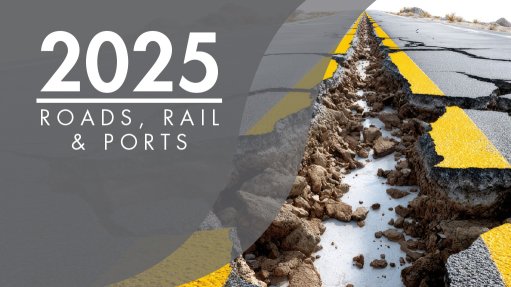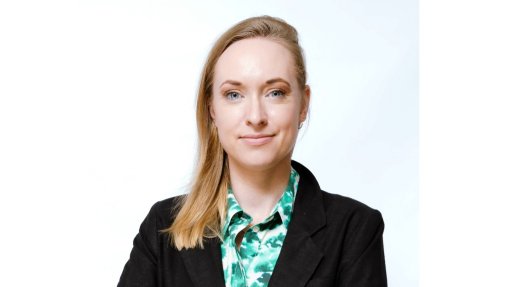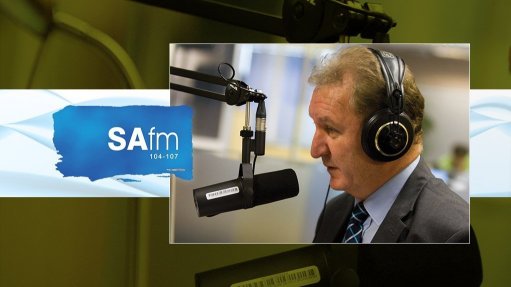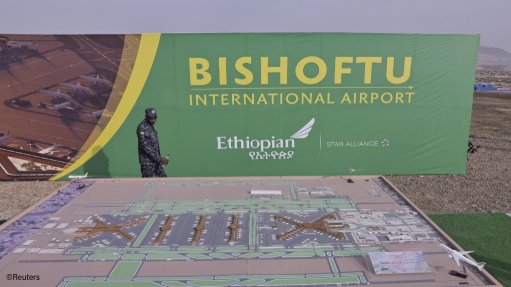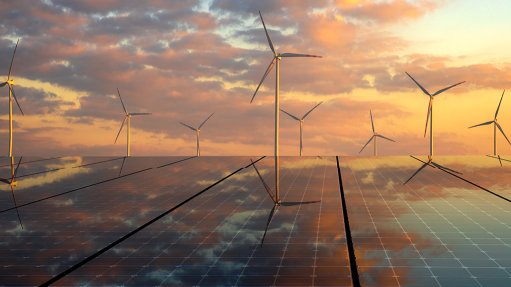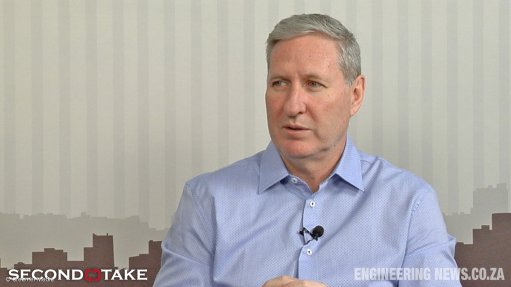BFAP foresees continued pressure on agri producers until 2033

BFAP executive director Dr Tracy Davids summarizes the outlook for agriculture up to 2033.
The Bureau for Food and Agricultural Policy’s (BFAP’s) latest baseline outlook report for 2024 to 2033 was influenced by the record number of elections held this year across the world, as well as sluggish world economic growth.
BFAP senior economist Shannon Bold told delegates during the launch of the latest baseline report on August 14 that the world economy remained on a low growth trajectory this year and would likely remain so in 2025 as well.
Only a few countries are expected to achieve higher growth rates. India’s GDP is poised to grow by 7% this year and 6.5% next year, while China’s GDP is projected to grow by 5% this year and 4.5% next year – which is lower compared with historical growth rates but still positive.
Global inflation, including food inflation, had slowed. While food inflation had moderated after high levels recorded last year, service inflation remained stubbornly high and resulted in higher core inflation, Bold explained.
She added that US monetary policy dynamics continued to influence exchange rates, commodity prices and financial markets. Lower interest rates in the US should weaken the dollar somewhat, which helps to support the rand. It also gives the South African Reserve Bank scope to lower the repo rate if inflation dynamics allow for it.
Lower interest rates in the US are also generally good for South Africa’s exports and production.
Most risks to the global outlook this year and next year involve inflation, geopolitics and inappropriate macro policy – as a result of economic policy swings following all the elections. In turn, geopolitical tension can wreak havoc on oil prices and trade activity.
Bold said agriculture continued to contribute positively to economic growth in South Africa, with farmers and agriprocessors benefitting from fewer electricity disruptions this year, as well as lower diesel costs to power generators.
Consumer spending, however, remains muted and impacts on demand for field crops, livestock and horticulture products.
The BFAP is optimistic that 2025 will see less constraining logistical disruptions, government commitments to structural reforms taking shape and the rand performing stronger. Lower inflation should also result in some improvement in consumer and business confidence.
“With the Government of National Unity driving a possible ‘sudden start’ scenario, the fiscus may perform better and investment in the country may increase substantially,” Bold said.
South Africa has about 2 610 large-scale, 12 570 medium-scale and 25 000 micro-scale farmers, totalling 40 122 commercial farming operations. Overall, there are 301 080 smallholder farmers and 2.3-million household farmers.
BFAP executive director Dr Tracy Davids said these farmers contributed to the agriculture sector outpacing general economic growth year after year. Agriculture had grown by an average 3% over the past 20 years.
Lately, however, field crops have been a major dampener on the sector owing to declining revenue in real terms, owing to weather factors and lower prices worldwide, coupled with higher input costs.
Davids explained that input costs for farmers had increased faster than commodity prices, with fertiliser, for example, remaining well above the 2019 level and having increased above consumer price inflation levels historically.
A stronger rand could result in a sharper decline in imported input costs, with South African farmers typically importing fuel, fertilisers and herbicides. Feed costs for livestock are also expected to decline, but electricity and labour costs continue to increase at above-inflation levels.
Global field grain prices are slowing on the back of improved production, but regional factors could drive demand – including population growth in Southeast Asia and India.
Davids added that the accelerated drive to green energy was also a key factor shaping demand for agricultural commodities.
She agreed with Bold that consumer demand remained under severe pressure in South Africa, with income growth not outstripping inflation in five of the past ten years. In fact, there was only 0.3% real income growth from 2013 to 2023.
Only marginal improvements are expected from 2025 onwards, provided government’s current reform efforts continue.
This weak spending power has constrained demand growth in domestic markets, particularly for higher-value goods.
Davids said consumers were switching back to basic food staples such as maize and wheat products, and while improved economic performance would help bring back demand, the agriculture sector would need to look to international markets to generate additional value in the BFAP baseline outlook period to 2033.
The livestock sector is under immense pressure from low domestic demand, while animal health also remains a challenge. Producers in this segment are facing extreme cost pressure at primary production and processing level.
“While feed costs are expected to decline, the general business environment must improve to reduce processing costs and improve affordability for consumers,” Davids said.
Globally, per capita consumption of beef had been declining owing to affordability and sustainability factors. There were, however, still key export opportunities for market expansion for South African beef, Davids confirmed.
The Agriculture and Agroprocessing Master Plan (AAMP) envisions that the “beef industry strategy” could unlock R12-billion of additional value, but ultimately the high cost of processing and logistics are not promoting affordability at retail level for meat products.
Davids expected field crop producers to suffer from lower returns and tighter margins once domestic prices got back to export parity levels, which meant more new technology was critical to drive productivity gains.
Profitability in the horticulture segment also remained under pressure despite last year having presented some recovery driven by external factors towards price support. Again, the focus on this segment should be on maximising returns per kilogram or per hectare in a cost-effective manner, Davids highlighted.
Ultimately, Davids concluded, projected real agriculture GDP growth was weak under BFAP’s baseline assumptions, with several constraining factors remaining. As the external factors that have supported growth wane, decisive actions will be required to improve growth prospects.
“The AAMP shows potential to generate R32-billion in real GDP from agriculture by 2030, but several factors must be addressed, including animal health, infrastructure and logistics, investment in climate resilience and service delivery, as well as improved market access and farmer support.”
Article Enquiry
Email Article
Save Article
Feedback
To advertise email advertising@creamermedia.co.za or click here
Comments
Press Office
Announcements
What's On
Subscribe to improve your user experience...
Option 1 (equivalent of R125 a month):
Receive a weekly copy of Creamer Media's Engineering News & Mining Weekly magazine
(print copy for those in South Africa and e-magazine for those outside of South Africa)
Receive daily email newsletters
Access to full search results
Access archive of magazine back copies
Access to Projects in Progress
Access to ONE Research Report of your choice in PDF format
Option 2 (equivalent of R375 a month):
All benefits from Option 1
PLUS
Access to Creamer Media's Research Channel Africa for ALL Research Reports, in PDF format, on various industrial and mining sectors
including Electricity; Water; Energy Transition; Hydrogen; Roads, Rail and Ports; Coal; Gold; Platinum; Battery Metals; etc.
Already a subscriber?
Forgotten your password?
Receive weekly copy of Creamer Media's Engineering News & Mining Weekly magazine (print copy for those in South Africa and e-magazine for those outside of South Africa)
➕
Recieve daily email newsletters
➕
Access to full search results
➕
Access archive of magazine back copies
➕
Access to Projects in Progress
➕
Access to ONE Research Report of your choice in PDF format
RESEARCH CHANNEL AFRICA
R4500 (equivalent of R375 a month)
SUBSCRIBEAll benefits from Option 1
➕
Access to Creamer Media's Research Channel Africa for ALL Research Reports on various industrial and mining sectors, in PDF format, including on:
Electricity
➕
Water
➕
Energy Transition
➕
Hydrogen
➕
Roads, Rail and Ports
➕
Coal
➕
Gold
➕
Platinum
➕
Battery Metals
➕
etc.
Receive all benefits from Option 1 or Option 2 delivered to numerous people at your company
➕
Multiple User names and Passwords for simultaneous log-ins
➕
Intranet integration access to all in your organisation






